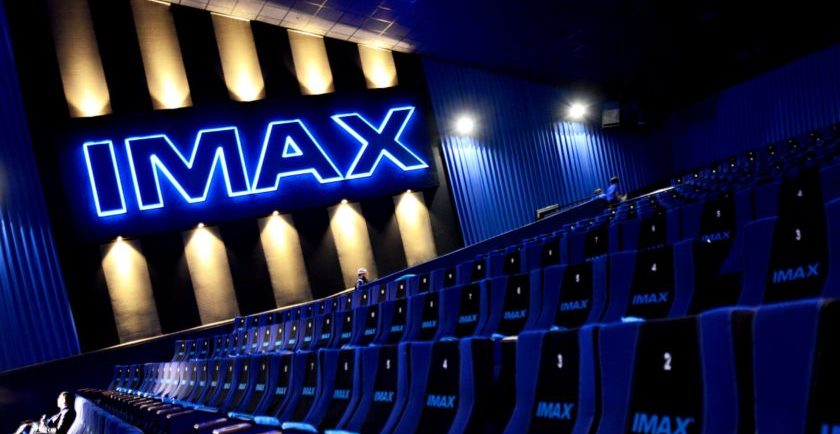M+E Daily

IMAX CEO: Company Probably Won’t Take VR Nationwide Until 2018
Story Highlights
IMAX has aggressive plans for virtual reality (VR) at theaters, but the company probably won’t be taking its planned VR Centers nationwide in the U.S. for another two years, according to CEO Richard Gelfond.
Asked Sept. 22 when VR will become a “more meaningful contributor” to IMAX results and be rolled out across the U.S., Gelfond told the Goldman Sachs Communacopia conference in New York: “With a new business, it’s always hard to say, right? Because you don’t know what you don’t know. And this is one of those things [where] the more you learn, the more you have to learn.” But he added: “When I look at our plan, I would say it’s probably ’18.”
IMAX is expected to open its first pilot VR Center in Los Angeles by the end of this year, with more of them to follow in the near future in cities including New York. IMAX and Google said May 19 that they were developing a “cinema-grade” IMAX VR camera to create 3D 360-degree content. IMAX said one day later it teamed with Starbreeze to create a “premium” VR experience using the StarVR headsets that provide a 210-degree full peripheral field of view. As part of that deal, Starbreeze is making its existing library of VR games available to IMAX VR Centers. Content will also be created for the centers using the IMAX VR camera and IMAX will also look to establish new VR content partnerships via its existing Hollywood filmmaker and studio relationships, it said.
“When you look at the core skill set for virtual reality, it lines up perfectly with where IMAX is today,” Gelfond said at the Goldman Sachs conference. “You need content in virtual reality” and IMAX has established “relationships with all the best filmmakers and, frankly, all the ones who are looking at going into VR today, as well as the studios,” he said. You also obviously need locations to make VR available to consumers theatrically and IMAX has relationships with more than 100 exhibitors in 74 countries,” he said.
Since IMAX started talking about its VR plans, “people are banging our door down” with interest in getting involved somehow, he said. But IMAX is “not ready to do that right now,” he said.
At the same time, there are several companies – including Sony Interactive Entertainment with PlayStation VR and Facebook with the Oculus Rift – making major investments to bring VR headsets into the home. “I’m sure, in time, that’ll succeed,” Gelfond said. But, he added: “From a consumer point of view, the consumer has to spend a fair amount of money on the headset. They have to spend the money on computing power. They have to have the space in their apartment to see it. They have to make sure their mother is not nosy and coming in and bothering them when they’re looking at the experience.” A theatrical experience stands to provide a larger number of consumers with access to VR, he said.
Under the IMAX VR Center strategy, the company can also “amortize” the costs of the glasses and computing power “over a large group of people,” he said. “We’re modeling it out now, but it looks like we can probably put” 10-15 VR pods in a theatrical location and the cost of “retrofitting” a theater for VR will be “less than the cost” of retrofitting a theater for IMAX movies, he said.
“We think you can probably charge somewhere between $7 and $10 for a five- to 10-minute” VR experience at a theater, he told the conference, adding: “The economics model out kind of as good, if not better than, the IMAX theater economics model out.”
As part of IMAX’s strategy, moviegoers could conceivably go to an IMAX theater or another theater showing a film and then be able to opt to see the VR content also at an extra cost. The VR content could conceivably be related in some way to a movie being shown, Gelfond explained.









